Cocoa price spike hits chocolate industry
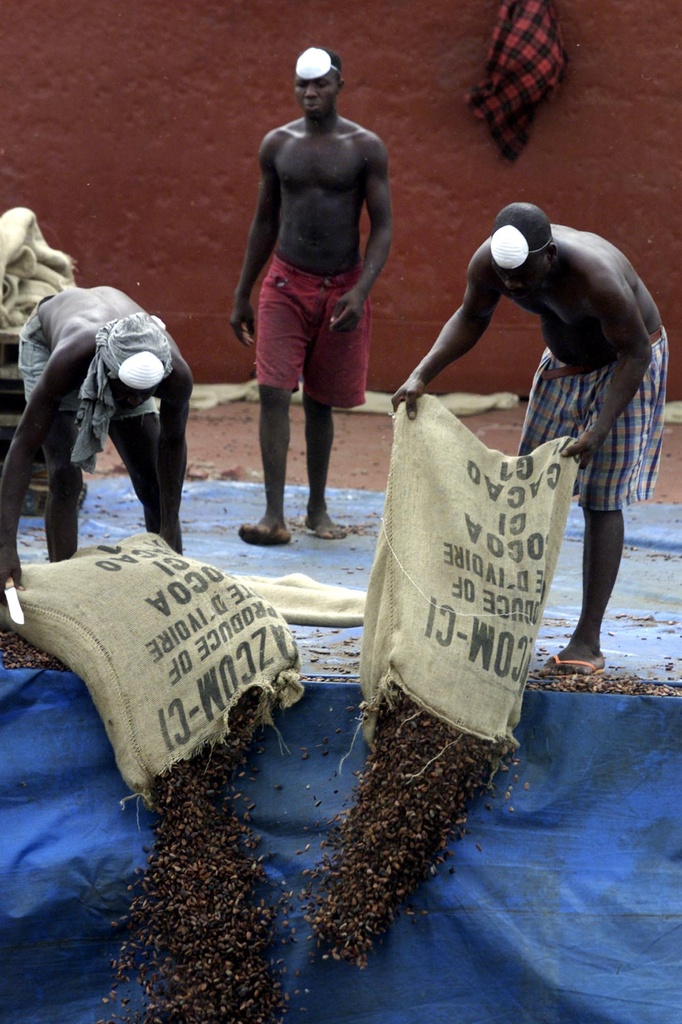
Chocolate bar lovers may soon have to pay more for their treats as a consequence of poor harvests and financial speculation driving up the price of cocoa.
Cocoa prices hit a 30-year high in July and are expected to remain that way in the near future. Swiss chocolate producers are crying foul over one hedge fund that has stockpiled cocoa, helping to drive up its value.
The Armajaro hedge fund is thought to have cornered some seven per cent of global cocoa supplies while reportedly placing huge bets on the price of the raw material. The audacious move has contributed to volatility of prices, according to Barry Callebaut – the Swiss company that is the biggest chocolate producer in the world.
“Hedge funds have been intervening in the cocoa market in the past six months,” Barry Callebaut chief executive Jürgen Steinemann told the Bloomberg news agency earlier this year. “They don’t belong there, and the chocolate customer has to pay the price.”
Swiss-based commodities expert Emmanuel Fragniere told swissinfo.ch that such speculators were intent only on creating turbulence in prices so they can cash in on financial bets.
“The commodities industry is at the mercy of hedge funds because they are pouring in lots of money and are only interested in creating volatility,” he said. “Hedge funds have opened the door to volatility and they are not about to withdraw.”
Crop management
But cocoa prices have been rising for several years and not all of the problem can be laid at the door of financial speculators. The finger of blame has also been pointed at poor management of cocoa farming in many countries while the crop has been poor for two successive years in the Ivory Coast – the world’s largest cocoa producer.
In an effort to help deal with the problem, Swiss food production giant Nestlé last year launched a multi-million franc sustainability programme called the Cocoa Plan. The initiative is aimed at improving farming methods and replanting trees in countries such as Ivory Coast.
In the meantime, there is already evidence that the price of some chocolate goods has risen a few per cent on the supermarket shelves since the start of the year.
Price hikes
Barry Callebaut, which supplies chocolate to such giants as Nestlé, has little option than to pass on the soaring cost of raw materials onto its customers.
“[Our] model enabled the company to cope well with this situation of high prices and high volatility because it allows [us] to pass on raw material costs to customers for about 80% of the sales volume,” the firm said when announcing its half yearly results in June.
But Swiss chocolate-loving consumers should not necessarily expect a sudden huge rise in prices.
For many of Switzerland’s best known brands, such as Lindt & Sprüngli, a higher percentage of cost comes from adding a luxurious twist compared to mass produced products. Inflated raw material prices therefore have less of an impact on final consumer prices in the high end market than with cheaper chocolates.
“Products at the lower end of the market have thinner margins,” Swiss-based food industry consultant James Amoroso told swissinfo.ch. “They either have to put up their prices or end up losing money.”
Added to that, while cocoa is an essential element of chocolate, it is only one of many raw materials that go into making a chocolate coated wafer biscuit.
“There will be a small increase in prices, but I don’t think it will make a huge difference to chocolate sales,” Amoroso said. “People buy chocolate because they like it and only a big hike to prices will provide enough of a shock to put people off.”
Matthew Allen, swissinfo.ch
Sales of Swiss chocolate dropped 5.9% last year, the first drop in volumes for six years.
Sales sank to 174,109 tonnes in 2009 while turnover was down 6.4% to SFr1.7 billion, according to figures from the Association of Swiss Chocolate Manufacturers (Chocosuisse).
Of total production, 60.7% was sold abroad, just up on the 60.3% in 2008.
The downturn was blamed on the general poor global economic conditions, a fall in tourist numbers and the strengthening of the Swiss franc.
Small chocolate bars were the most popular products while consumers tucked into slightly more chocolate during Easter and Christmas than in 2008.
Each Swiss eats an average 11.7 kilos of chocolate a year, making Switzerland the biggest per capita consumer of chocolate in the world.

In compliance with the JTI standards
More: SWI swissinfo.ch certified by the Journalism Trust Initiative


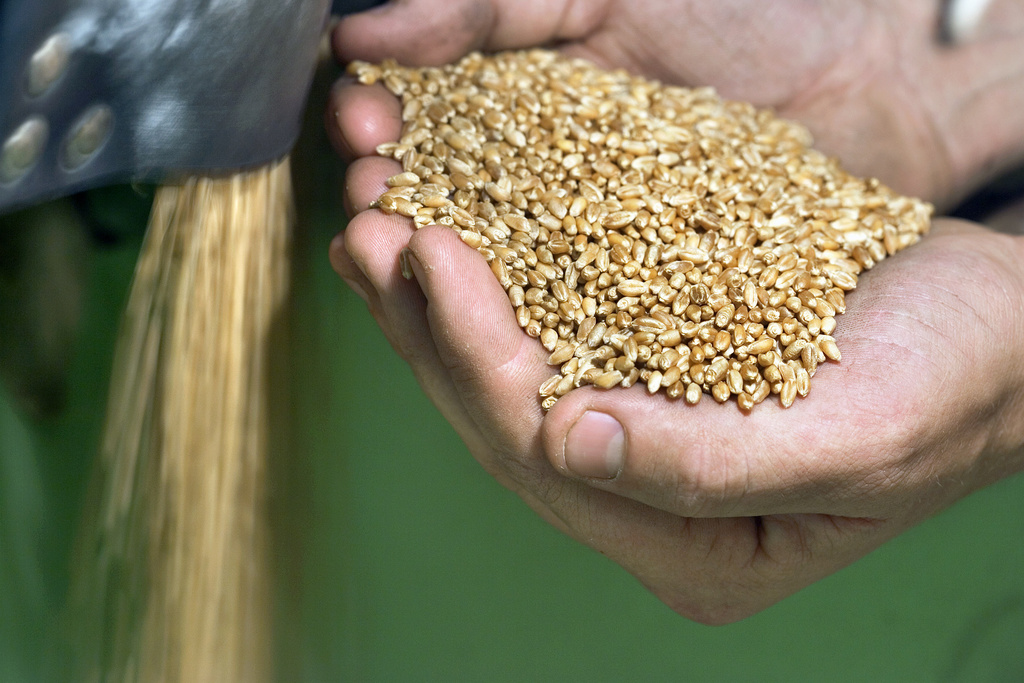
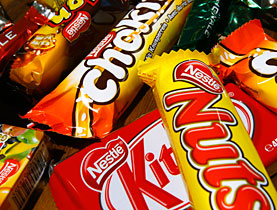
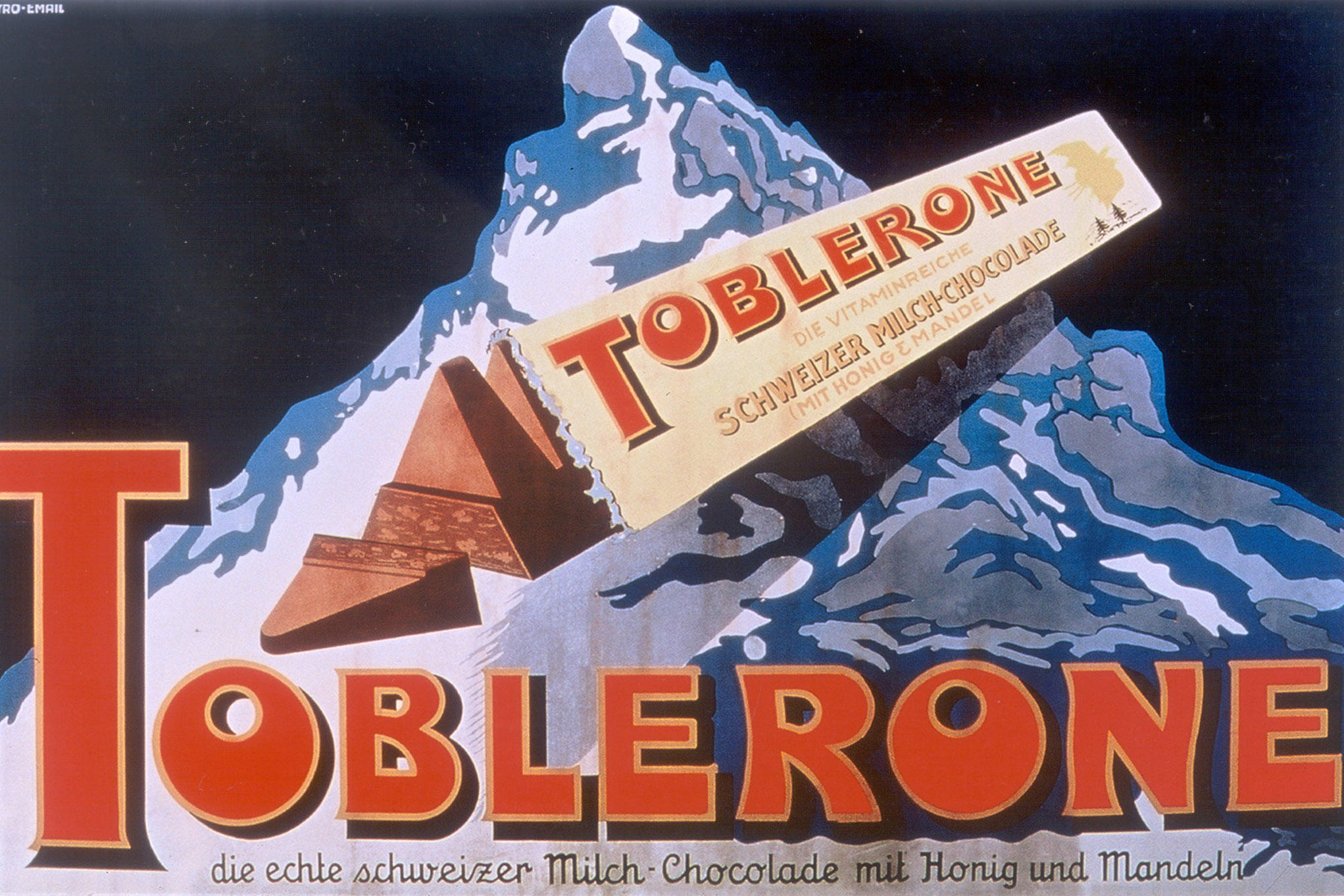
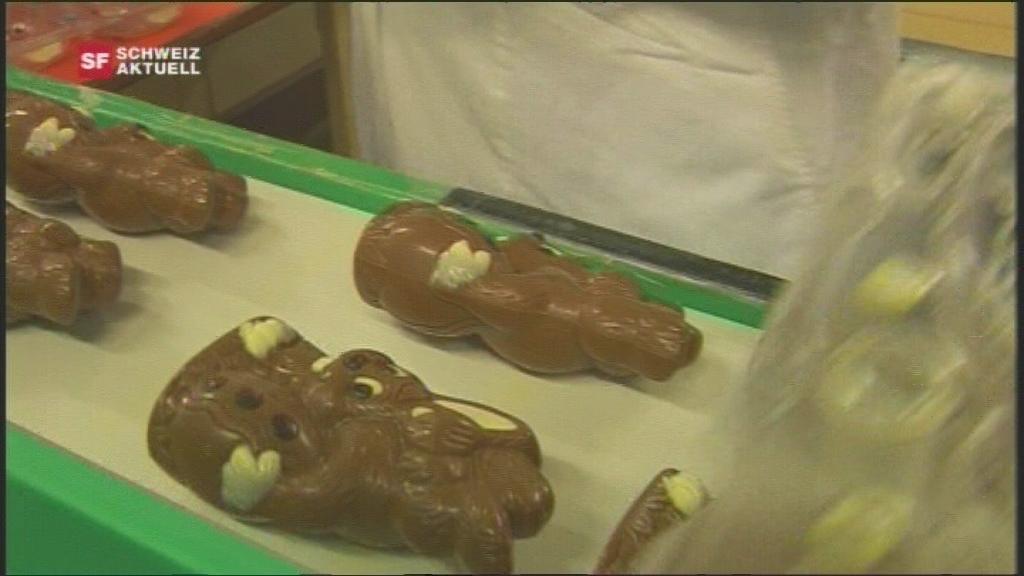
You can find an overview of ongoing debates with our journalists here . Please join us!
If you want to start a conversation about a topic raised in this article or want to report factual errors, email us at english@swissinfo.ch.